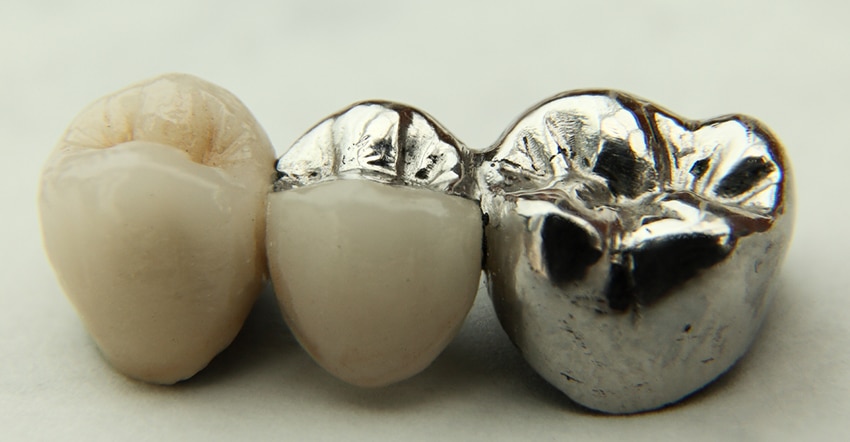
Dental Bridges
If you have missing tooth or want to replace then you might need ‘bridge’ by using the natural teeth at the either end to support.
If you’re missing one or more teeth? You’re not alone. The average adults between 20 to 64 years old have three decayed or missing teeth (as per ADA). To fill this gap you have multiple options for replacing these missing teeth, including dental bridges.
Here are four types of dental bridges that you may look into;
1. Traditional Dental Bridges are the most popular kind of bridge. These bridges consist of one or more pontics (fake teeth) and are held in place by dental crowns. These dental crowns are also called abutments, and they are cemented onto the teeth adjacent to your missing tooth.
2. Cantilever Bridges are another option for replacing missing teeth. They are very similar to traditional bridges, but the pontic is supported by an abutment on only one side, rather than on both sides. So if there’s only one natural tooth next to the gap, a bridge can still be secured.
3. Maryland Bridges are considered a conservative alternative to traditional bridges. These bridges consist of a pontic that is held in place by a metal or porcelain framework. This framework is bonded onto the backs of the two teeth adjacent to the missing tooth. Since this type of bridge isn’t held in place by crowns, the adjacent teeth don’t need to be filed.
4. Implant-Supported Bridges can be used when you have more than one tooth missing. Instead of being supported by crowns or frameworks, these bridges are supported by dental implants. Usually, one implant is placed for every missing tooth, and this series of implants holds the bridge in place.
We can close the gaps in your smile with dental bridges. With so many types of dental bridges available, you can feel confident about an appropriate solution for your missing teeth.

